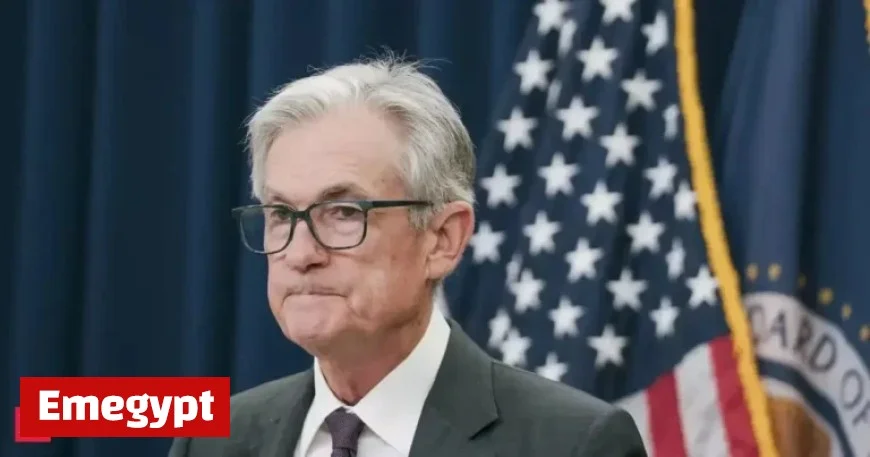Fed’s $29.4B Injection Sparks Concerns of Looming Financial Trouble

The Federal Reserve has recently made headlines by injecting $29.4 billion into the U.S. banking system via overnight repurchase agreements on October 31, 2025. This marks the largest liquidity boost in over five years, highlighting the central bank’s effort to ease mounting financing pressures.
Significant Repo Operation Details
According to official data from the Federal Reserve Economic Data (FRED), the operation, categorized under the marker RPONTSYD, seeks to alleviate tightening funding conditions. U.S. bank reserves currently stand at approximately $2.8 trillion, the lowest in more than four years. This liquidity infusion comes as reserves fell by nearly $102 billion recently, the sharpest decline since 2020.
Implications for the Financial Markets
Analysts express concern that this substantial liquidity injection signals increasing strain in short-term funding markets. The Fed’s balance sheet has also diminished to around $6.58 trillion, a significant drop from its peak of nearly $9 trillion in 2022. This shift in liquidity indicates pressure from ongoing quantitative tightening and increased Treasury issuance.
- Date of Injection: October 31, 2025
- Amount: $29.4 billion
- Current Bank Reserves: Approximately $2.8 trillion
- Drop in Reserves: Nearly $102 billion recently
- Fed Balance Sheet Size: About $6.58 trillion
Fed Chair Jerome Powell’s Stance
Despite Fed Chair Jerome Powell’s recent hawkish messaging regarding inflation control, the liquidity infusion reflects a tactical response to prevent further financial instability. This approach represents a balancing act, aiming to stabilize the system without officially altering monetary policy.
Market Reactions
The immediate effects of this liquidity boost have been observed in the bond market. The yield on the 13-week Treasury bill decreased to 3.72% from 3.76%. This decline in yields points to relief in short-term borrowing costs, as more cash is introduced into the market.
Potential Financial Threats
The backdrop of this situation remains worrisome. With shrinking reserves and soaring Treasury issuance, smaller banks could face significant liquidity stress if the Fed does not act decisively. Some analysts perceive this $29.4 billion injection less as a routine operation and more as an urgent warning of underlying financial issues.
Looking Forward
Markets are now questioning the sustainability of the Fed’s hawkish stance. Providing liquidity while promising stringent measures sends conflicting signals. Some view this move as a quiet bailout, while others categorize it as preemptive damage control. Regardless, the growing disconnect between the Fed’s rhetoric and actions could foreshadow potential challenges for the financial system.

































